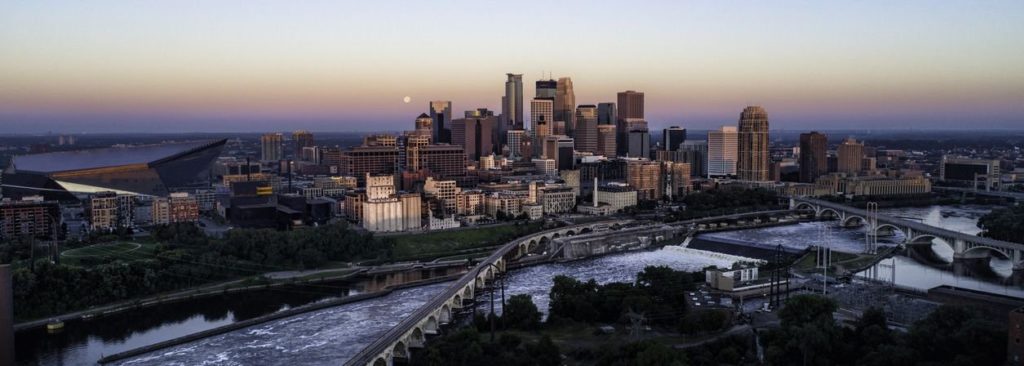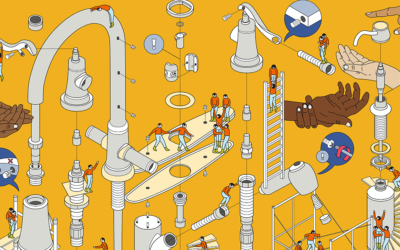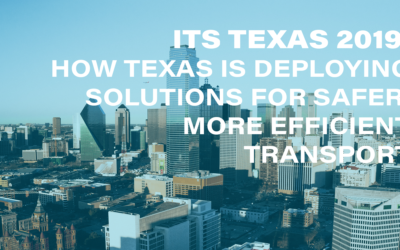ITE Minneapolis 2018: A sneak peak at what the thought leaders are saying about the future of mobility
MINNEAPOLIS, MN – From August 20-23, UrbanLogiq attended ITE Minneapolis 2018 Annual Meeting & Exhibit alongside 1,200 traffic and transportation engineering professionals from around the world to gather, discuss, and learn about burgeoning topics and challenges in the sector in communities large and small, urban and rural.
While UrbanLogiq was extremely proud to exhibit our technology at the Exhibit Hall (and had a lot of fun doing it), and Collegiate Traffic Bowls are always exciting, we were adamant about making sure we attended the technical sessions to further our own learning in this rapidly advancing space. Among all of the cutting-edge workshops and sessions offered over the three days, there were a few in particular that caught our eye.
Notable sessions – What caught our eye
1. Conflict at the curbside
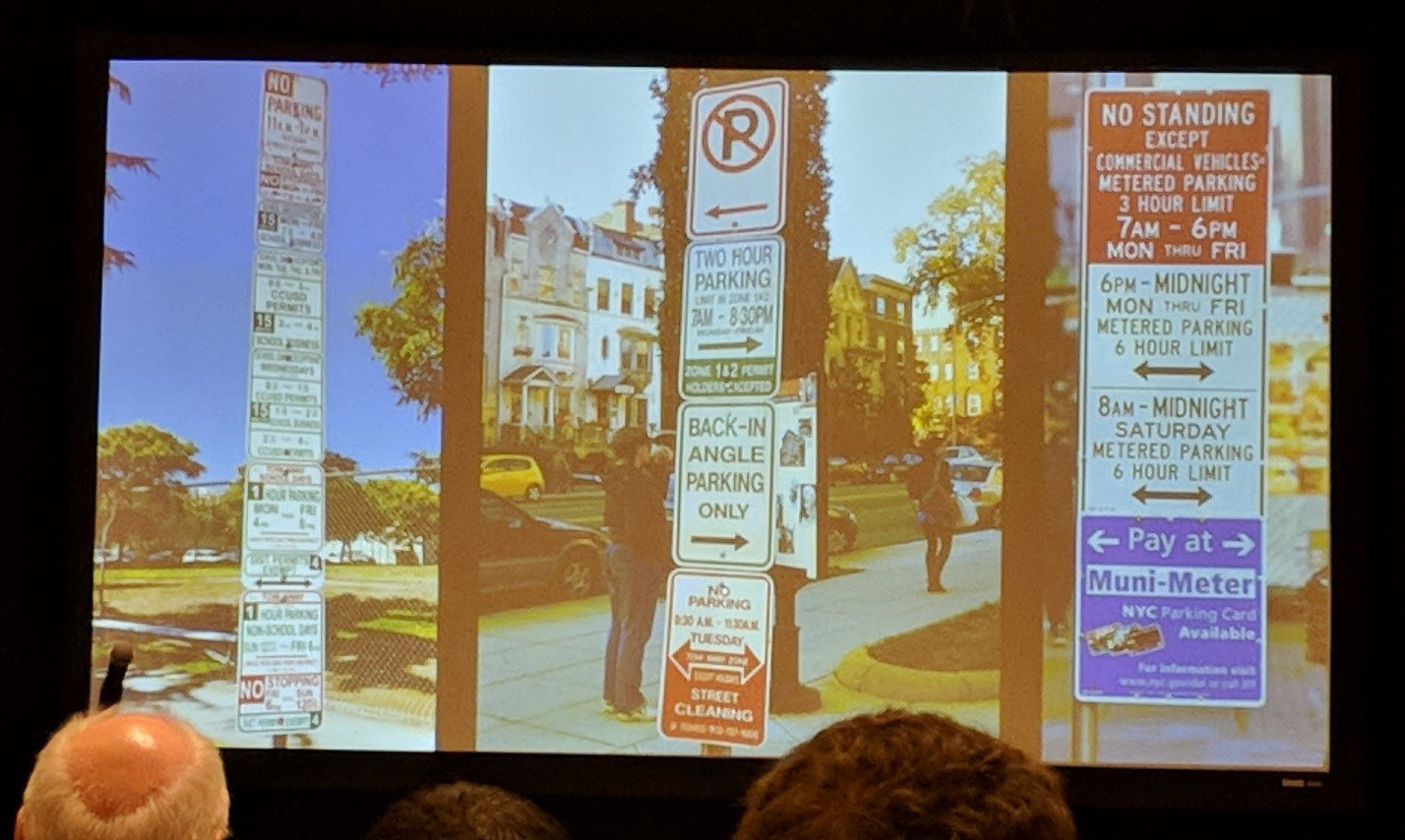
Throughout the conference, it was clear that transportation professionals no matter where they were from, be it Los Angeles, New York City, or Janesville, Wisconsin, all were grappling with the swelling constraints that are being placed on our curbsides.
The curb is increasingly having to bear the brunt of these consumer preference changes:
- Freight access: The rise of e-commerce is increasing the prevalence of commercial delivery vehicles on our streets who are needing to make ever more frequent stops at commercial and residential ports of call. Most striking of all was how unconditioned curbs and regulations are for these frequent stops. For instance, UPS pays the New York City $16 million in parking tickets annually.
- Transportation Network Companies (TNCs): One of the most disruptive technologies to hit the streets in the last five years is putting unbelievable pressure on our cubs. Some cities are fining TNCs and their drivers heavily for making pick-ups and drop-offs in undesirable places (e.g., San Francisco), other cities are being too relaxed. A good curb strategy for any city will have to accommodate this important curb user.
- Parking: While autonomous vehicles (AVs) are coming, people still have cars that they want to park conveniently. To what extent should we explore more flexible and more complicated parking regulations to encourage or deter parking at the curb is a question many cities are facing.
- Transit: Buses still require to make stops and pick ups at the curbside. Some cities are starting to reorganize roads to have transit islands in the middle of the road that will alleviate some of the burden on the curb.
- Multimodal choices: Dockless bikes and scooters, bike share, car share, etc., are claiming an ever-bigger portion of the curb. How will this, some will call chaos, develop and tamed to be more equitable in its proportional usage of the curb in future?
- Pedestrians: Arguably one of the most important and original users of the curb are unfortunately in increasing danger as these larger players claim larger portions of the curb. Double parking and vehicle-oriented planning decisions mean that pedestrians often get hit as a result of this conflict at the curb. How do we move the mix of users at the curb while protecting what’s more important: people?
If these sessions underlined any one particular point, it is that the cities who are successful in protecting the safety of all street users, encouraging multi-modality and active transportation, enhancing community livability and experience, and ensuring the steady, rapid flow of people and goods, will be those who understand the data and therefore behavior of curb users.
2. Intelligent Transportation Systems for Smart Communities
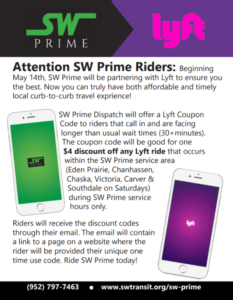 It seems like every day there are more and more new technologies emerging to help communities become smarter and smarter about their traffic (we’ve written about this in earlier blogs also). Beyond having the latest gadget or piece of hardware, an interesting approach in this session was to understand how Minneapolis and its transit agencies were pursuing partnership with private companies to leapfrog infrastructure gaps in the first place.
It seems like every day there are more and more new technologies emerging to help communities become smarter and smarter about their traffic (we’ve written about this in earlier blogs also). Beyond having the latest gadget or piece of hardware, an interesting approach in this session was to understand how Minneapolis and its transit agencies were pursuing partnership with private companies to leapfrog infrastructure gaps in the first place.
The Minnesota Valley Transit Authority discussed a Microtransit pilot project with TransLoc to provide agency-owned microtransit, a flexible, demand-driven approach to transit that optimizes vehicles, improves rider experience, and reduces cost. TransLoc is technology provider of the agency-owned microtransit solutions for delivering the ultimate rider experience. The second example was SouthWest Transit, who has developed a program called SW Prime, an on-demand ride service. When wait times are longer than 30 minutes for a ride, SW Prime Dispatch will offer a Lyft $4 coupon code to riders so riders can still get to where they are going and SW doesn’t have to overbuild a service for only sporadic excess need.
3. Vision Zero
By leveraging the power of tactical design, ITE professionals discussed some specific strategies they deployed to increase the safety of their intersections. Whether it involves using bollards, different sidewalk and road signage/paint, or the better use of data to understand how the roads are being used are just a few ways ITE professionals are making their roads safer for pedestrians, cyclists, and drivers. Ubiquitous among all of the talks was the need to start making our roads less centered around vehicles and more centered around pedestrians and cyclists. Taking a “road diet” or “complete streets” approaches were debated but needless to say, we are moving rapidly towards a world that is kinder to people who aren’t in single occupancy vehicles.
It was a pleasure to connect with ITE professionals across the United States, Canada, and the rest of the world. We’re already looking forward to next year!

